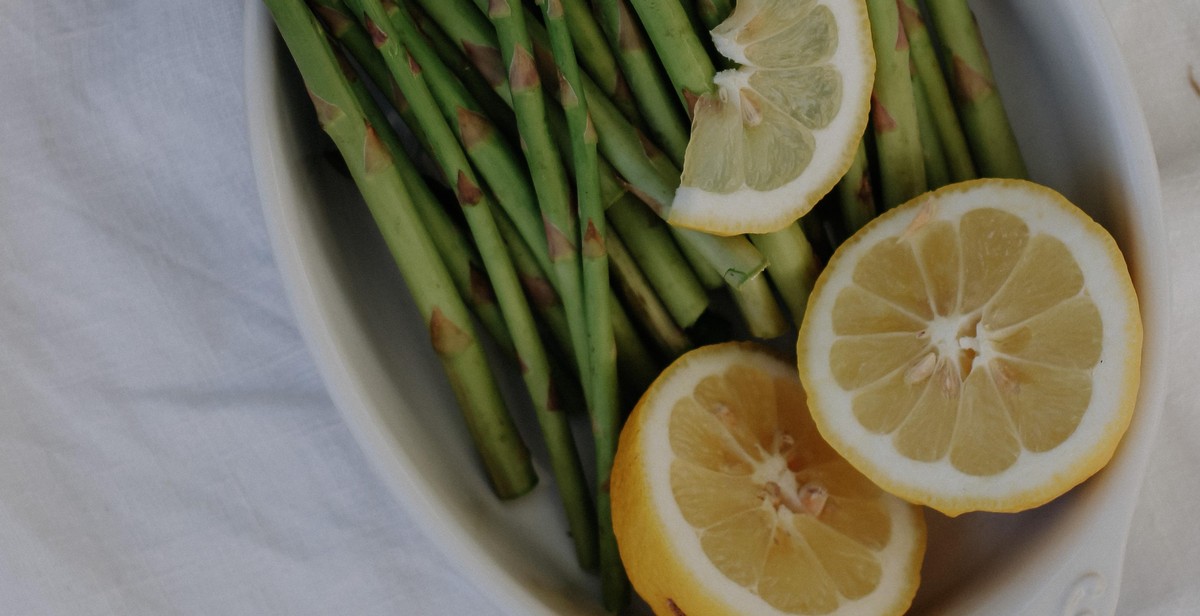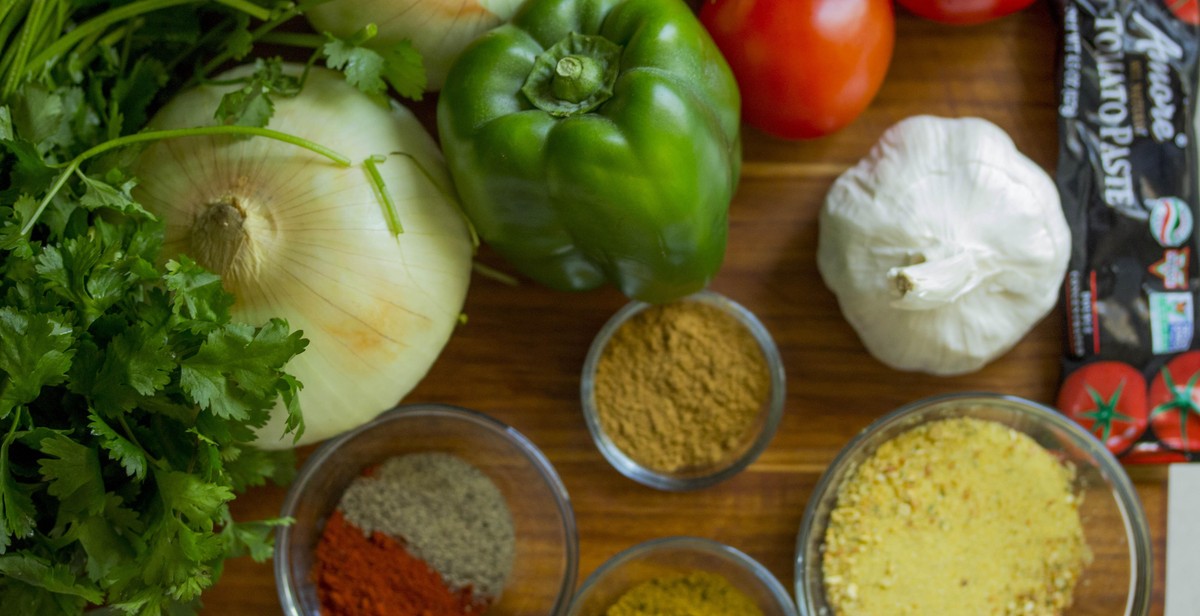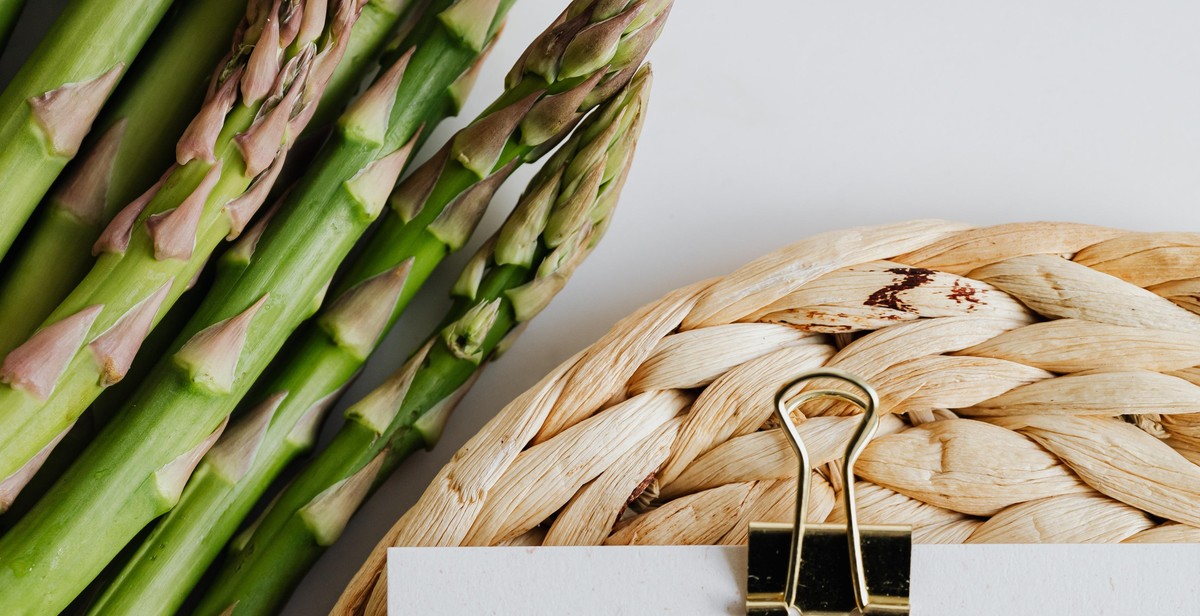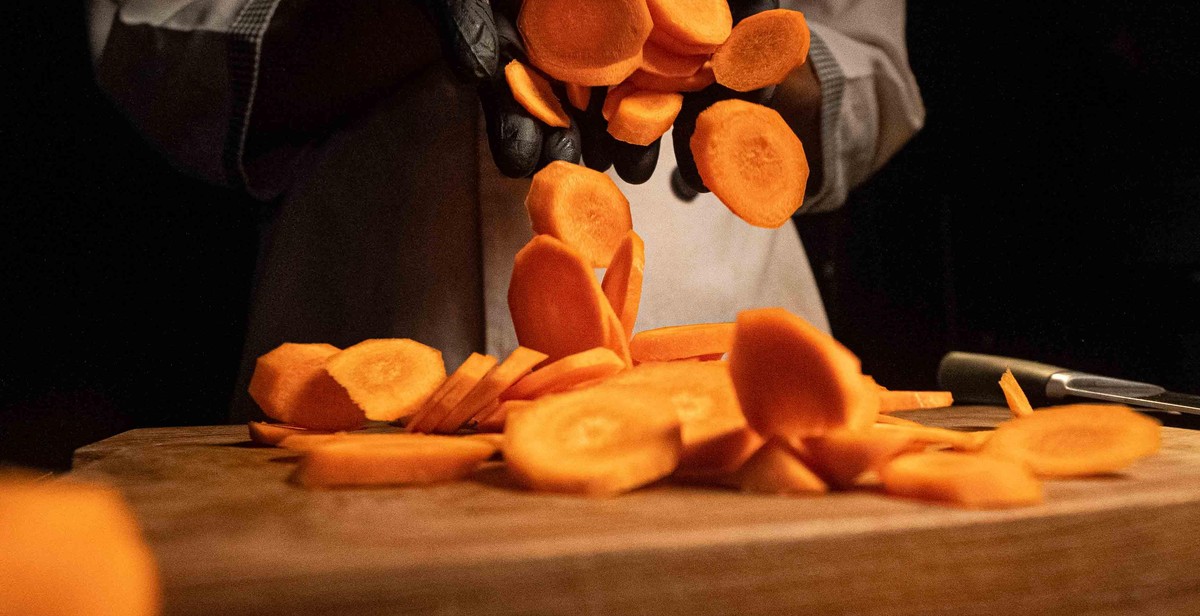Introduction
If you love Japanese cuisine, then you must have tasted the delicious vegetable gyoza at least once. Gyoza is a type of Japanese dumpling that is typically filled with minced meat and vegetables. It is a popular dish that is served as an appetizer or a main course in Japanese restaurants all over the world. The good news is that you can now easily make vegetable gyoza at home with just a few ingredients and some simple steps.
In this article, we will guide you through the process of making vegetable gyoza from scratch. We will provide you with a step-by-step guide that is easy to follow, even if you are a beginner in the kitchen. We will also give you some tips on how to make your gyoza more delicious and flavorful.
First, we will talk about the ingredients you will need to make vegetable gyoza. Then, we will move on to the preparation process, which includes making the filling, preparing the wrappers, and assembling the gyoza. Finally, we will show you how to cook your gyoza to perfection.
By the end of this article, you will be able to make your own vegetable gyoza at home, which is not only a fun activity but also a healthy and delicious meal option.

What are Vegetable Gyoza?
Gyoza is a Japanese dumpling that is typically filled with ground meat and vegetables. However, vegetable gyoza is a vegetarian alternative that is made with a filling of finely chopped vegetables and seasonings.
Vegetable gyoza is a popular dish in Japan and is also enjoyed in many other countries around the world. It is a healthy and delicious option for those who do not eat meat or who are looking to incorporate more vegetables into their diet.
Ingredients for Vegetable Gyoza
The filling for vegetable gyoza typically includes a variety of vegetables such as cabbage, carrots, mushrooms, and scallions. Other ingredients may include garlic, ginger, soy sauce, sesame oil, and tofu.
The dumpling wrappers are usually made from flour, water, and salt. They can be found in most Asian grocery stores or can be made from scratch at home.
How to Make Vegetable Gyoza
To make vegetable gyoza, start by preparing the filling. Finely chop the vegetables and mix them with the seasonings. Place a spoonful of the filling in the center of a dumpling wrapper, then fold the wrapper in half and crimp the edges to seal it.
Vegetable gyoza can be pan-fried, steamed, or boiled. They are typically served with a dipping sauce made from soy sauce, rice vinegar, and chili oil.
Health Benefits of Vegetable Gyoza
Vegetable gyoza is a nutritious and low-calorie food that is packed with vitamins and minerals. The vegetables in the filling provide fiber, antioxidants, and other beneficial nutrients.
Additionally, vegetable gyoza is a great source of protein when made with tofu or other plant-based proteins. It is also a low-fat and low-carbohydrate food, making it a healthy option for those watching their weight or blood sugar levels.

Ingredients
For the Filling
- 1 cup finely chopped cabbage
- 1/2 cup grated carrot
- 1/2 cup chopped scallions
- 2 cloves garlic, minced
- 1 tablespoon grated ginger
- 1 tablespoon soy sauce
- 1 tablespoon sesame oil
- 1/2 teaspoon salt
- 1/4 teaspoon black pepper
- 1 cup chopped shiitake mushrooms
- 1/2 cup chopped water chestnuts
For the Dough
- 2 cups all-purpose flour
- 1/2 teaspoon salt
- 1/2 cup boiling water
- 1/4 cup cold water
- 1 tablespoon vegetable oil
For the filling, you will need a mix of vegetables, including finely chopped cabbage, grated carrot, and chopped scallions. You will also need garlic, ginger, soy sauce, sesame oil, salt, and black pepper for flavor. Additionally, the recipe calls for chopped shiitake mushrooms and water chestnuts for added texture and taste.
The dough for the gyoza wrappers is made with all-purpose flour, salt, boiling water, cold water, and vegetable oil. The boiling water helps to create a smooth and elastic dough, while the cold water is added to cool down the dough and make it easier to handle. The vegetable oil is added to prevent the dough from sticking to your hands and the work surface.

Preparation
Filling
The filling for vegetable gyoza is typically made with a combination of finely chopped vegetables and seasonings. Here’s what you’ll need:
- 1 cup of finely chopped cabbage
- 1/2 cup of grated carrot
- 1/2 cup of finely chopped shiitake mushrooms
- 2 cloves of garlic, minced
- 1 tablespoon of grated ginger
- 2 tablespoons of soy sauce
- 1 tablespoon of sesame oil
- 1 teaspoon of sugar
- Salt and pepper to taste
Mix all the ingredients together in a bowl and let it sit for at least 30 minutes to allow the flavors to meld together.
Dough
The dough for gyoza wrappers is typically made with flour and water. Here’s what you’ll need:
- 2 cups of all-purpose flour
- 3/4 cup of warm water
Combine the flour and water in a large bowl and mix until a dough forms. Knead the dough on a floured surface for about 5 minutes until it becomes smooth and elastic. Cover the dough with a damp cloth and let it rest for at least 30 minutes to allow the gluten to relax.
After the dough has rested, roll it out into thin circles and cut them into wrappers using a cookie cutter or a circular object such as a cup or lid. You can also use a pasta machine to roll out the dough if you have one.
| TIP: | Make sure to keep the dough covered with a damp cloth while you’re working with it to prevent it from drying out. |
|---|

Assembling the Gyoza
Now that you have prepared the filling and dough, it’s time to assemble the gyoza. Follow these steps:
- Take a gyoza wrapper and place it on a clean and dry surface.
- Place a tablespoon of filling in the center of the wrapper.
- Dip your finger in water and wet the edges of the wrapper.
- Fold the wrapper in half and press the edges together to seal the gyoza. Make sure there are no air pockets in the filling.
- Starting from one end, make pleats on one side of the gyoza. Press the pleats firmly to ensure that the gyoza is tightly sealed. Repeat the process on the other side of the gyoza.
- Place the assembled gyoza on a floured baking sheet or tray. Repeat the process until all the filling and wrappers are used up.
You can also freeze the gyoza at this point if you are not planning to cook them immediately. Place the baking sheet in the freezer and let the gyoza freeze for a few hours. Once they are frozen, you can transfer them to a freezer-safe bag or container. Frozen gyoza can be stored for up to three months.
| To prevent the gyoza from sticking to each other, place a layer of parchment paper or plastic wrap between them before freezing. |
Now that you have assembled the gyoza, it’s time to cook them. In the next section, we will discuss different cooking methods for gyoza.

Cooking the Gyoza
Now that you have prepared your vegetable gyoza, it’s time to cook them. There are several ways to cook gyoza, but we will focus on two popular methods: pan-frying and boiling.
Pan-Frying
Pan-frying, also known as “potsticking,” is a popular way to cook gyoza. It results in a crispy bottom and a soft, steamed top. Here’s how to do it:
- Heat a non-stick pan over medium-high heat.
- Add a tablespoon of vegetable oil and swirl it around the pan.
- Place the gyoza in the pan, flat side down, and cook for 2-3 minutes or until the bottom is golden brown.
- Add 1/4 cup of water to the pan and cover it immediately with a lid.
- Cook for 3-4 minutes or until the water has evaporated and the gyoza are cooked through.
- Remove from the pan and serve immediately with dipping sauce.
Boiling
Boiling is another popular way to cook gyoza. It results in a softer texture and is great for those who don’t want to use oil. Here’s how to do it:
- Bring a pot of water to a boil.
- Add the gyoza to the pot and stir gently to prevent them from sticking to each other.
- Lower the heat to medium and let the gyoza cook for 5-6 minutes or until they float to the surface.
- Remove from the pot with a slotted spoon and serve immediately with dipping sauce.
No matter which method you choose, make sure to serve the gyoza hot with your favorite dipping sauce. Enjoy!

Conclusion
Learning how to make vegetable gyoza is a great way to add a new dish to your cooking repertoire. These Japanese dumplings are not only delicious but also healthy and easy to prepare. By following the step-by-step instructions in this article, you can make your own homemade gyoza that are sure to impress your family and friends.
Tips for Making Perfect Vegetable Gyoza
- Make sure the filling is well seasoned and flavorful.
- Use a good quality wrapper that is not too thick or too thin.
- Keep the filling moist by adding water or broth.
- Make sure the edges of the wrapper are sealed tightly to prevent the filling from leaking out.
- Use a non-stick pan or a well-seasoned cast-iron skillet to prevent sticking.
Final Thoughts
Vegetable gyoza is a versatile dish that can be enjoyed as an appetizer, snack or main course. Whether you are a vegetarian or simply looking for a healthy and delicious meal option, these homemade Japanese dumplings are sure to satisfy your taste buds. So, why not give it a try and impress your loved ones with your culinary skills?
| Author: | Your Name |
| Published: | Date |
| Category: | Cooking |
